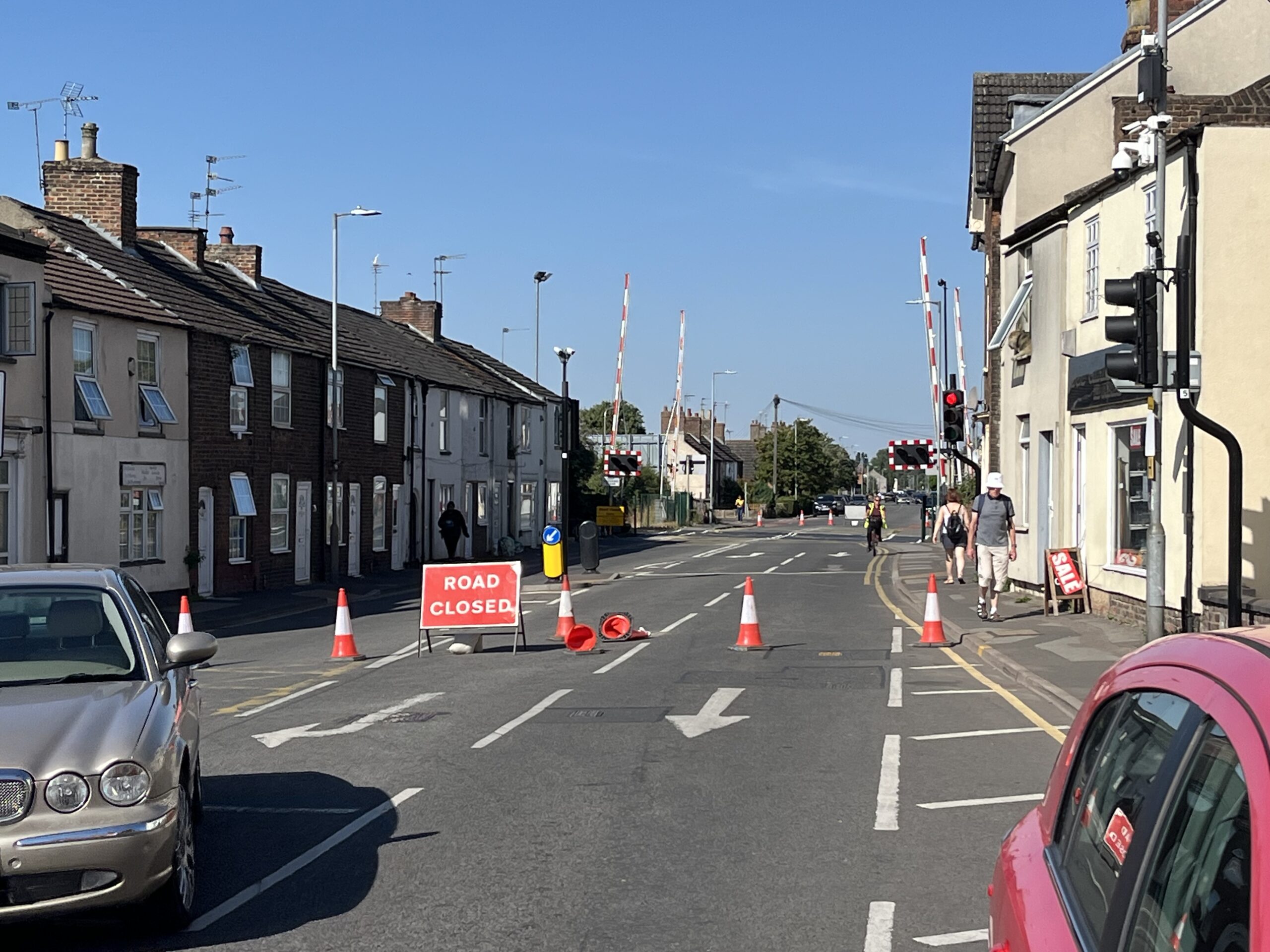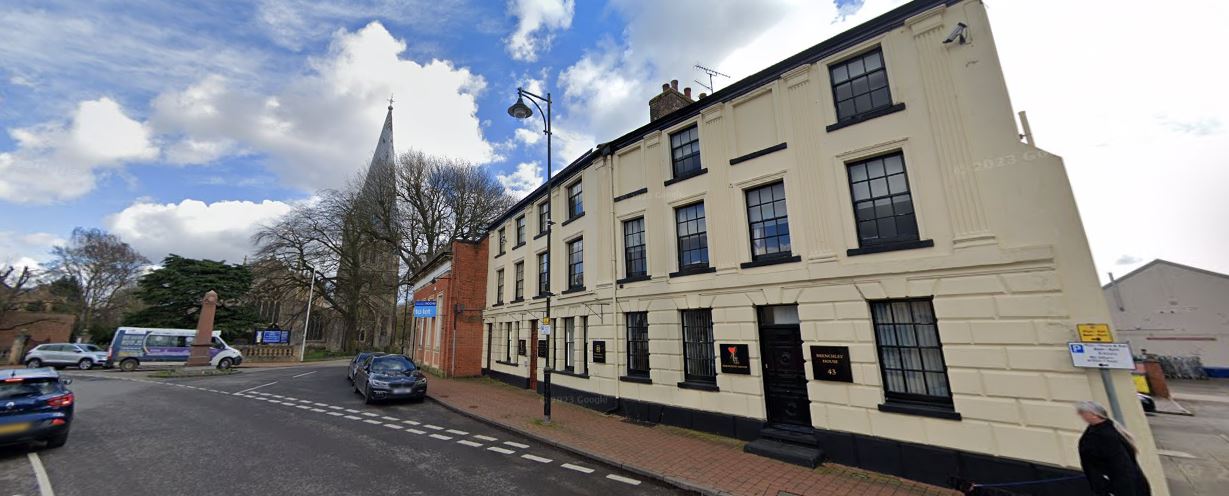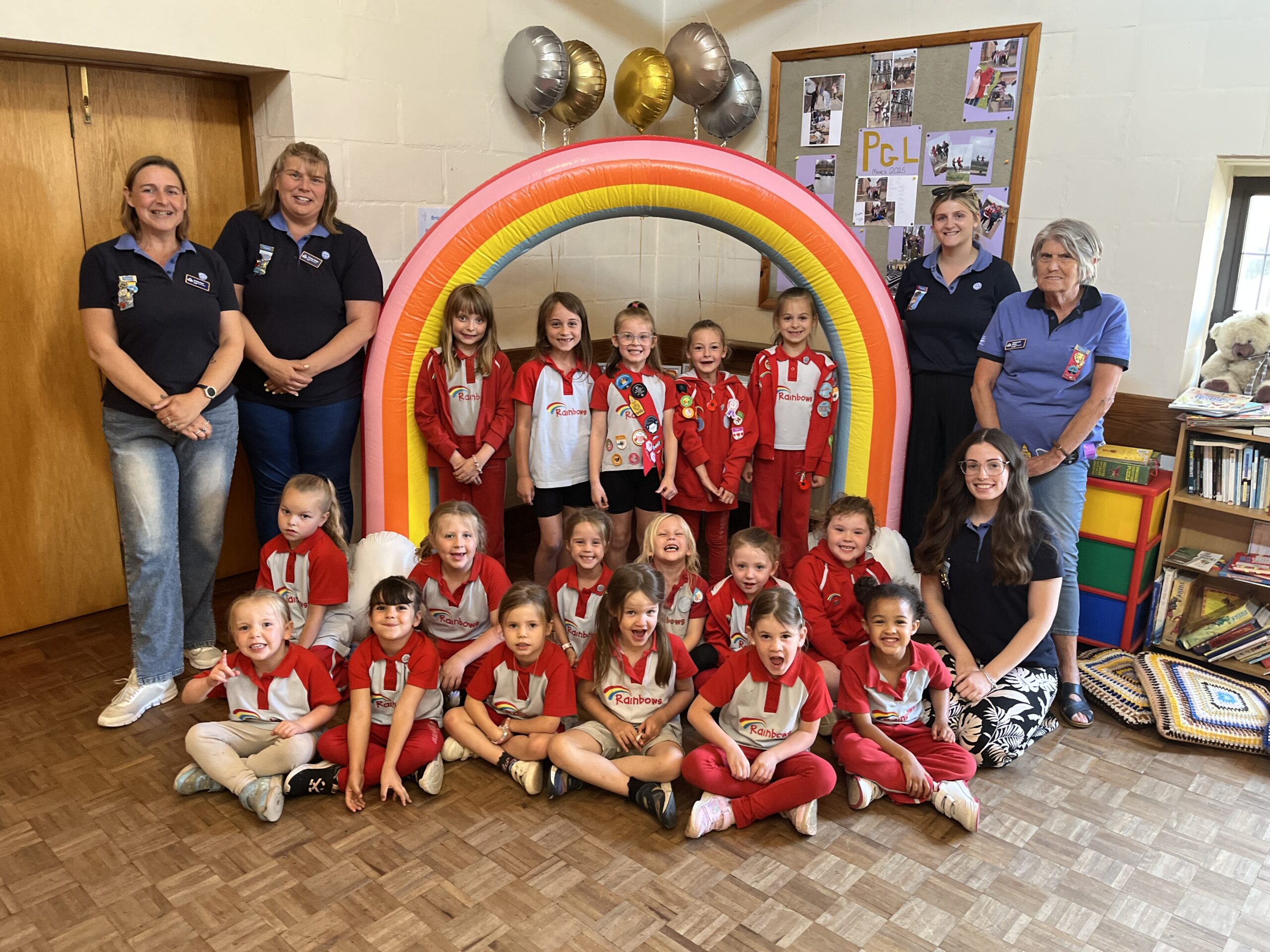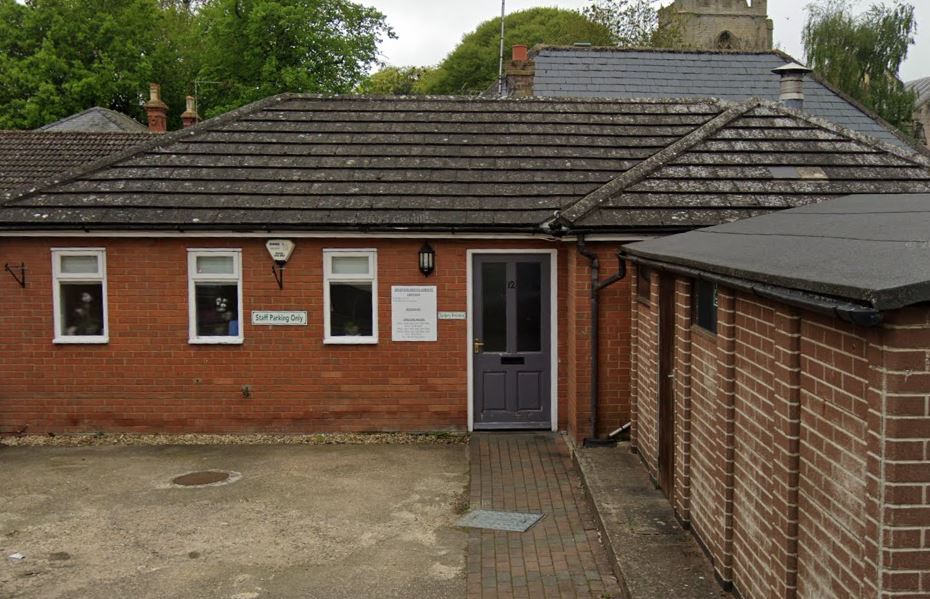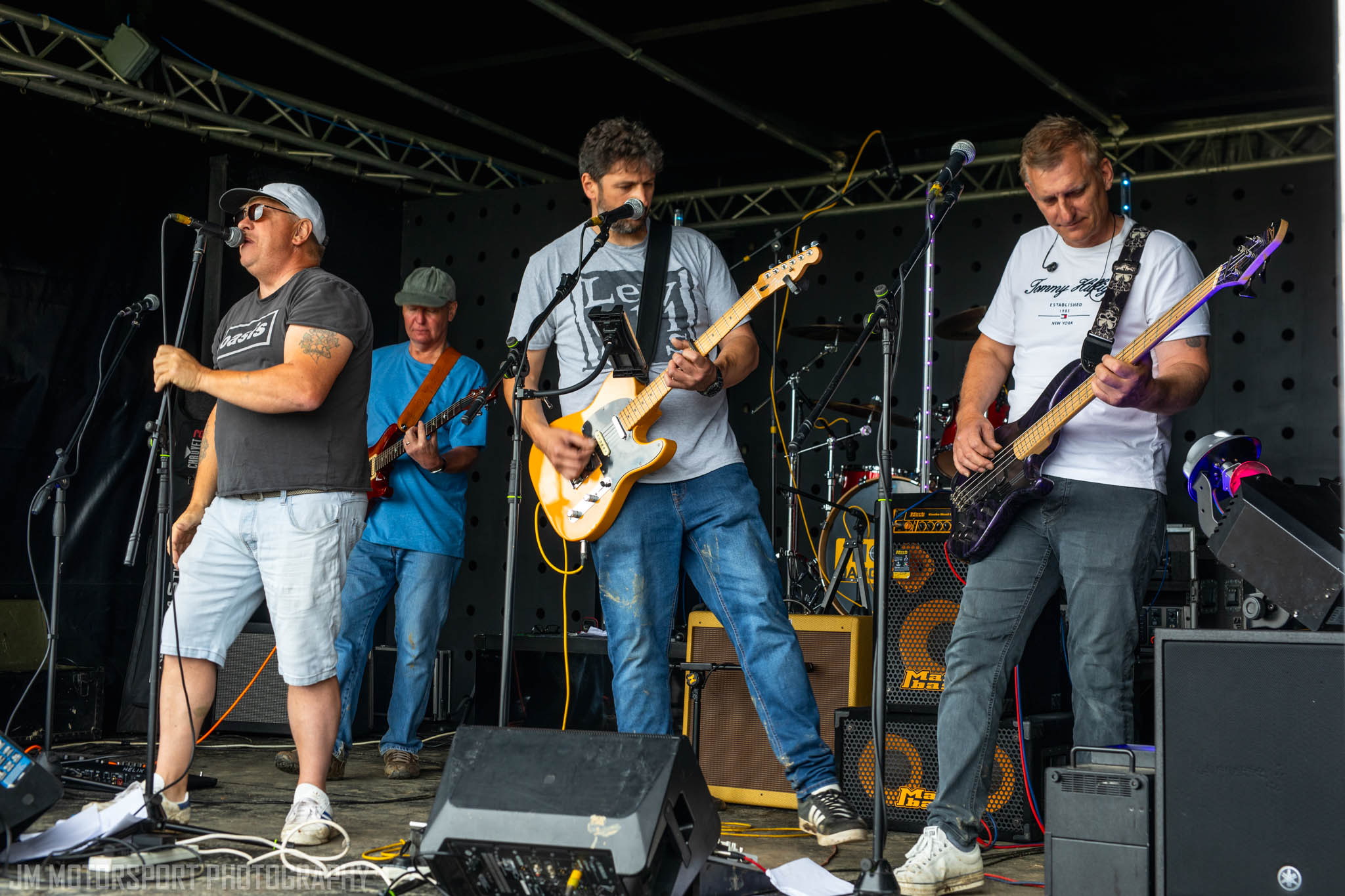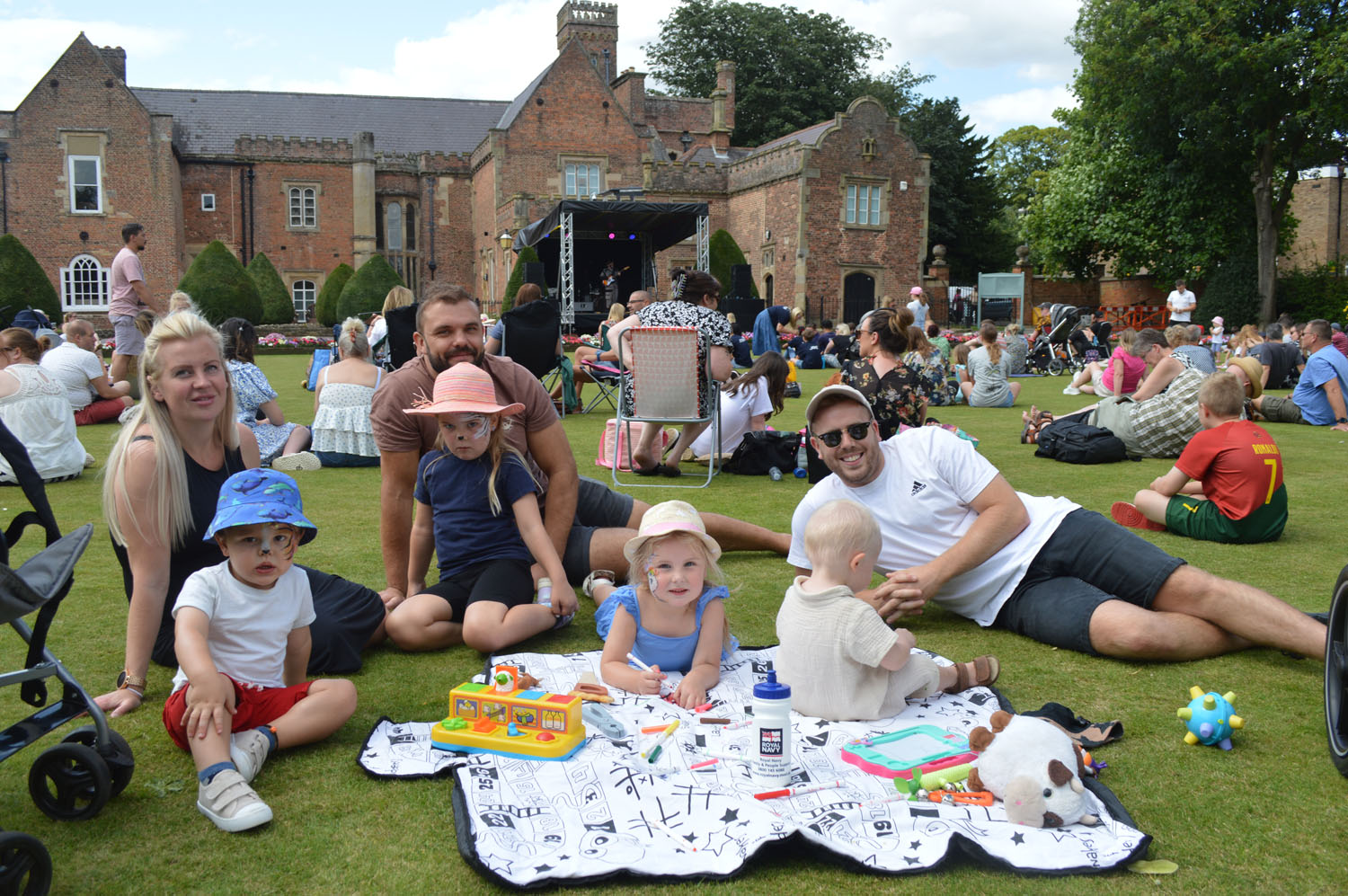Among the many memories recalled over the this period of Remembrance is an inspirational tale of bravery and incredible fortune.
Services this weekend and on Tuesday – Armistice Day – will be particularly significant in 2014 – 100 years since the beginning of World War One and 70 years since the D-Day Landings.
And it was in Normandy on June 6, 1944, that the remarkable experience of Charles Truman, of Crowland, occurred.
As one of the first infantrymen to advance from Sword beach, he was peppered with machine gunfire. Charles only survived thanks to having grabbed a cherished photo of his wife Joyce out of his kit bag as he left the landing craft.
The then 26-year-old had put the solid silver frame inside his uniform next to his heart. It saved his life when it deflected a bullet.
Charles died in 2011, aged 94. Like many war veterans, he preferred not to talk about his service.
It was only in his later years that he recalled: “D-Day saw us advancing on ‘Hillman’ [bunker] and with Captain [Geoffrey] Ryley leading the way, we came under heavy machine gun fire. I was hit twice by bullets into my chest, one of which hit the silver frame of my wife’s photograph that I was carrying in my tunic.
“This without doubt saved my life.”
Still, Charles was badly injured. He stuck his bayonet in the ground (to indicate that he needed medical help) and was dragged back to the beach, before being taken to hospital in Gosport.
Joyce received the news in a telegram to her parents’ house in Coronation Avenue, Deeping St Nicholas.
It was just four months before the birth of their first child, Cynthia.
Charles was demobbed in April 1946 and the Trumans’ surviving daughter Merralyn (Mel) Garratt, of Abbey Mews, Crowland, remembers accompanying her mother and father on annual trips to Bury St Edmunds, where he had been based with 1st Suffolk Regiment.
However, the heroics of her father only became known to Mel when Charles began to open up a little more in his later years as a widower.
Graham Dark, of Spalding, was a friend of his.
He said: “It is hard to imagine what was going through the minds of soldiers cramped together hearing bullets hitting the landing craft and waiting to be exposed to relentless machine gunfire as they hit the beach.
“Charles was one of the lucky ones, but his story indicates the great heroism and sacrifices that have, and are, still being made by the armed services on our behalf.”
The damaged photo frame is on display at the Suffolk Regiment Gallery.


